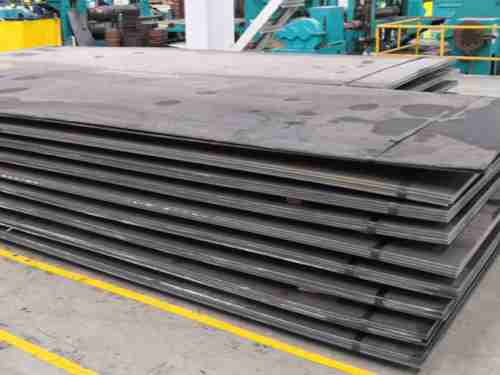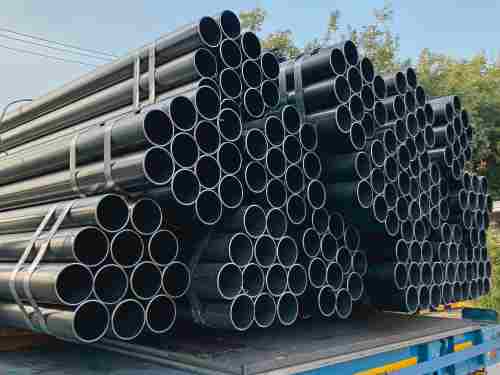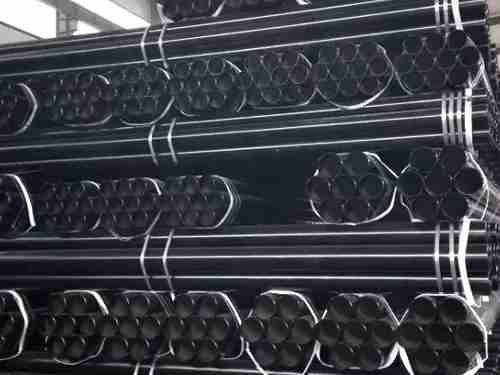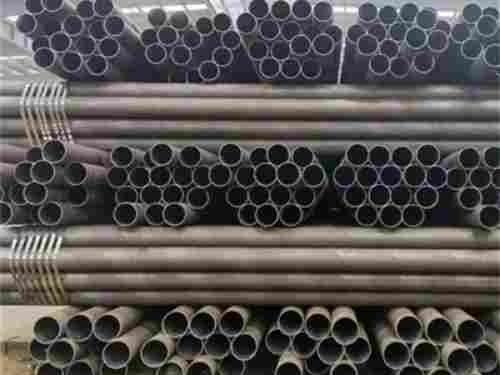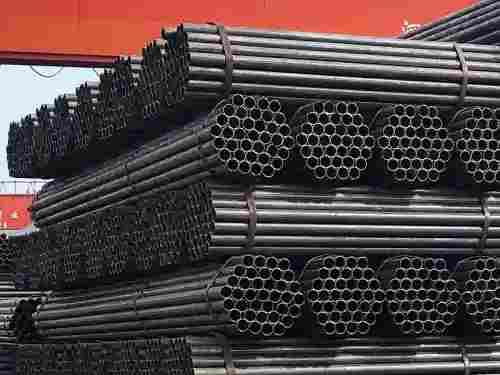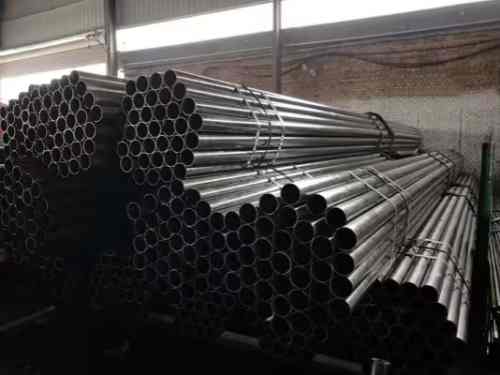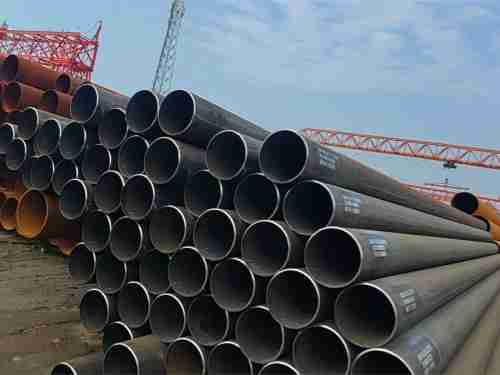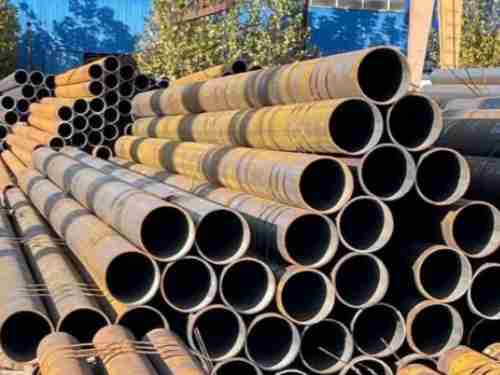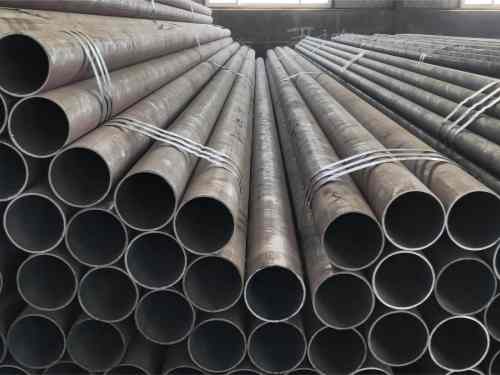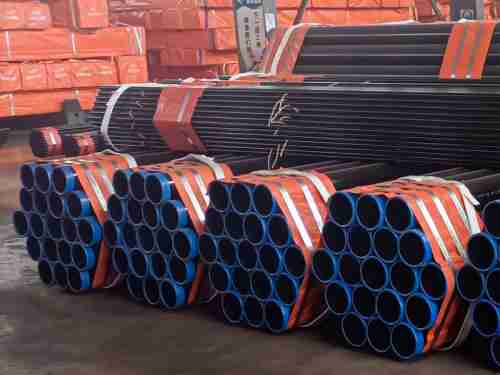
- HOME
- COMPANY
-
PRODUCTS
- Carbon welded steel pipe
- SSAW Carbon steel pipe LSAW Carbon Steel Pipe ERW Carbon Steel Pipe
- Carbon steel Seamelss pipe
- Seamless Steel Pipe Boiler Steel Pipe Seamles Line Pipe Honed Tube Hydraulic cylinder pipe U Tube Heat Exchanger Tube Low temperature pipe Seamless Precision Tubes Carbon Seamless Mechanical Tube
- Steel Hollow Section
- Rectangular steel Pipe Square steel pipe Stainless Hollow Section Carbon Hollow Section
- Stainless Steel Products
- Stainless Steel Coil Stainless Steel Rod/Bar Welded Stainless Steel Pipe Seamless stainless steel pipe
- Anti-corrosion coated steel pipe
- Ceramic-lined Pipe Rubber-lined Pipe Concrete Coated Pipe 2PE /3PE coated pipe FBE coated pipe Galvanized steel pipe
- Alloy steel pipe
- Aluminum steel pipe Copper steel pipe Aluminium Brass Pipe Finned steel tube Titanium alloy pipe Hastelloy alloy pipe Nickel-Copper Alloy Pipe Nickel Alloy pipe Alloy Steel Pipe
- OCTG
- Tubing Pipe Casing Pipe Sucker rod Pup Joint Tubing and Casing Coupling Drill Collars Drill Pipe Screen Pipe
- Steel Profile
- Steel Sheet Pile Angle steel Channel Steel I-Beam H Section
- QUALITY
- SERVICE
- PROJECTS
- BLOGS
- CONTACT
 English
English Español
Español
